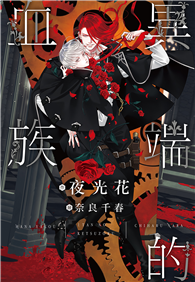This book explores the function and symbolism of monumental wooden crosses and crucifixes from medieval and early modern Norway. Multiple sources indicate that these objects were understood to provide healing and protection for the pious. This book considers how crosses and crucifixes could be invested with such capabilities and where their powers were understood to stem from.
According to the Lutheran doctrine, officially implemented in Norway with the Reformation in 1537, apotropaic and healing powers of objects were defined as superstition. However, crosses and crucifixes were still credited with miraculous powers and received pilgrims and gifts for centuries. This volume explores the religious understandings of miraculous sculptures across the Reformation period. Today, a remarkable corpus of almost 200 medieval wooden crosses and crucifixes have survived. In its consideration of a wide range of sculptures and related texts, the book sheds light on the relationship between art, text, and society in medieval and early modern northern Europe.












